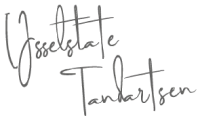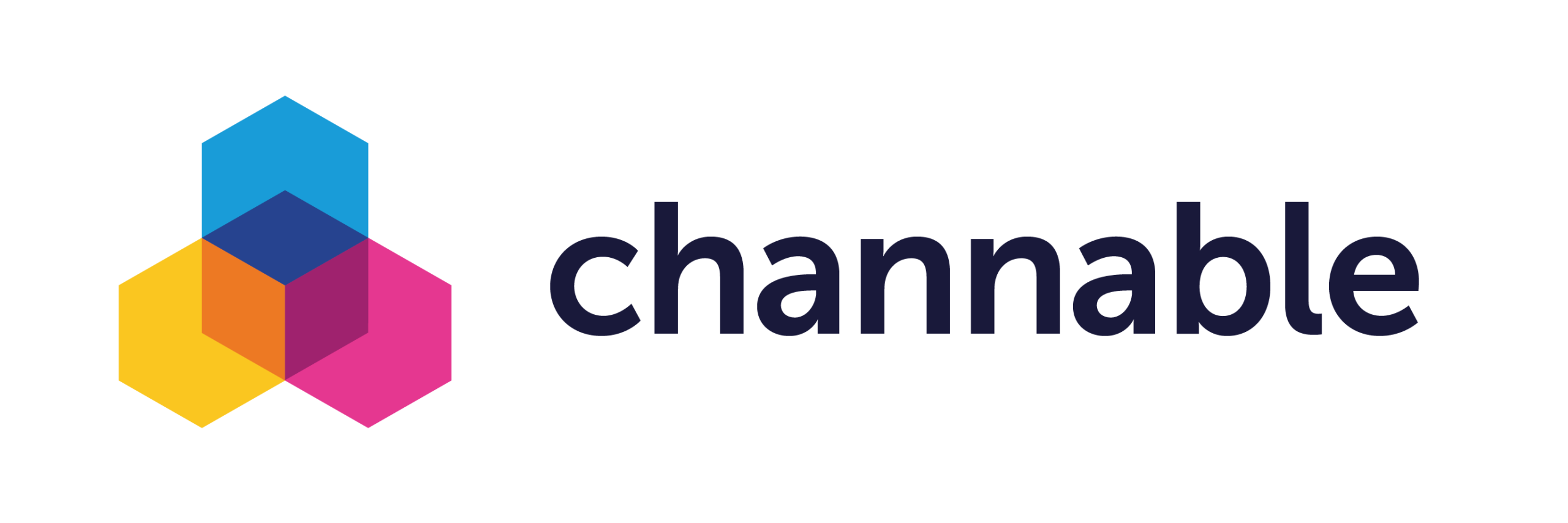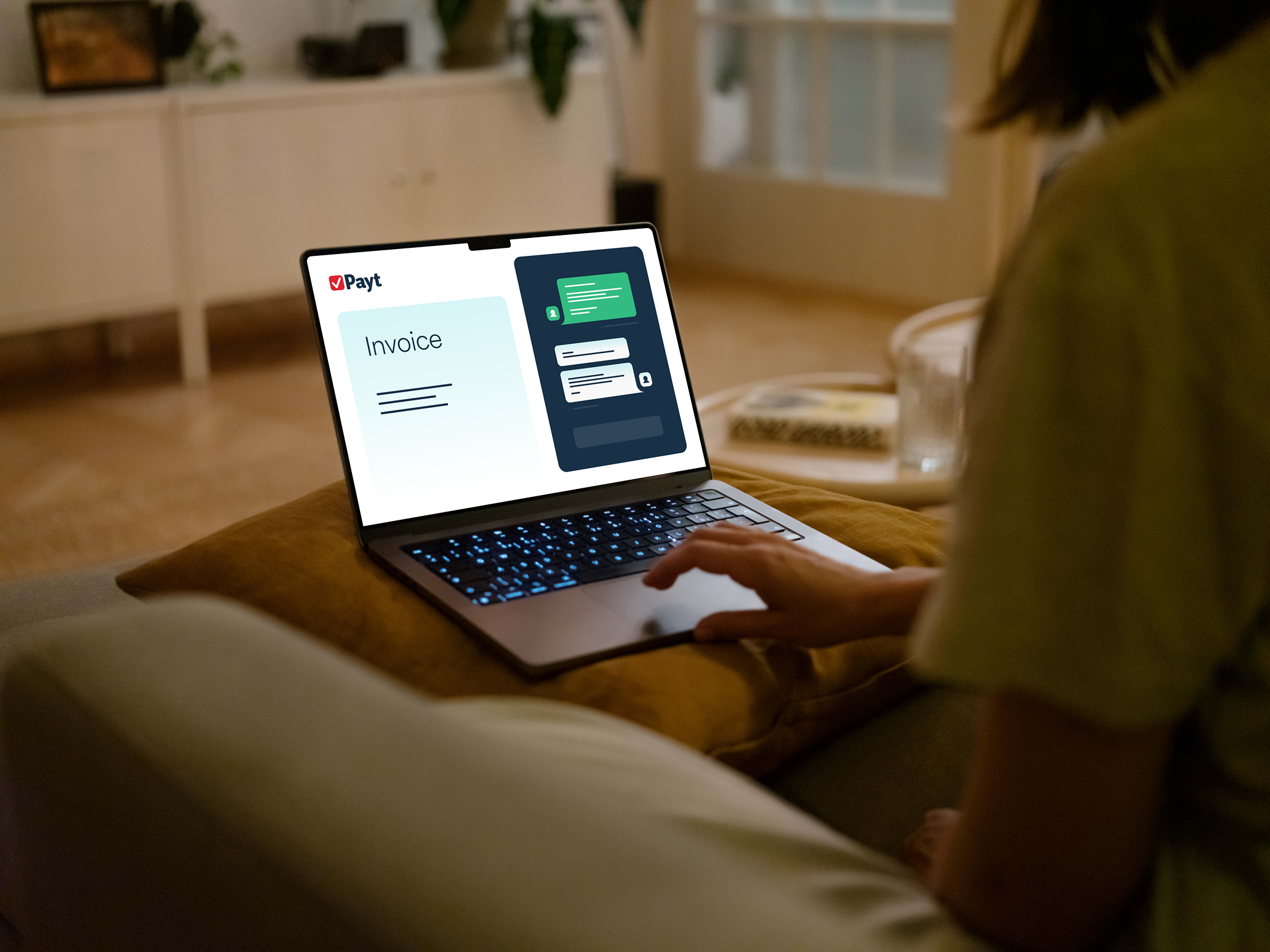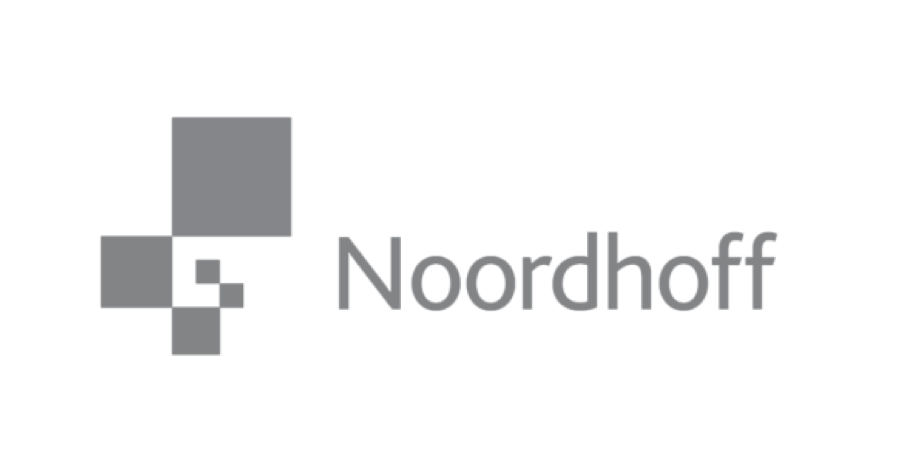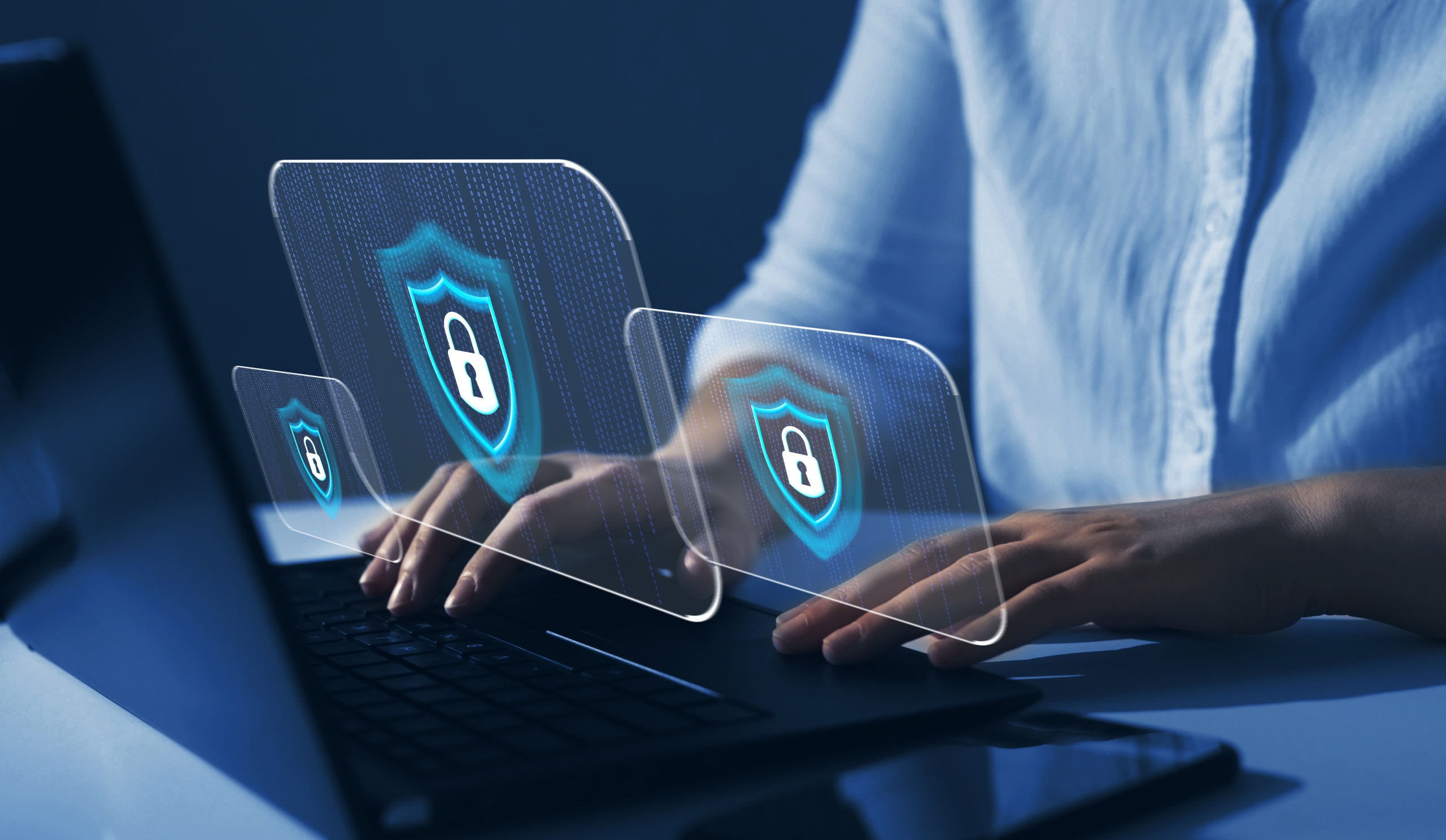The process of sending and receiving invoices electronically, along with their automated processing, is fundamentally different from exchanging PDF invoices. The use of electronic invoices (e-invoices) ensures faster data processing, fewer errors, and significant savings in both time and costs.
What is E-Invoicing?
E-invoicing is the process of sending, receiving, and processing invoices entirely in a standardized electronic format, such as UBL (Universal Business Language) or XML. Unlike PDF invoices, e-invoices are directly integrated into the recipient’s accounting or bookkeeping software. This eliminates the need for manual data entry or verification, making the process faster and more efficient. Payt automatically sends e-invoices and seamlessly follows up on any outstanding payments.
Peppol Network
To easily share e-invoices with one another, a connection to the Peppol network is required. Through Peppol (Pan-European Public Procurement Online), invoices are booked electronically and automatically into your debtor’s accounting software. Payt collaborates with eConnect for the processing of electronic invoices via the Peppol network.
Is Electronic Invoicing Mandatory?
The central government and all other contracting authorities, such as municipalities, provinces, and water boards, can receive and process e-invoices. For all suppliers providing goods or services to the central government, e-invoicing is mandatory.


